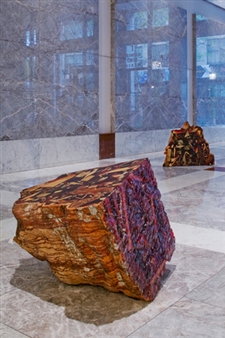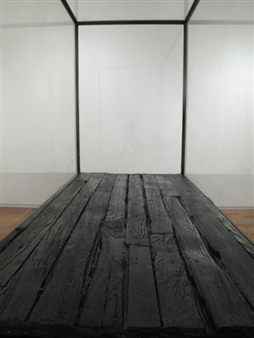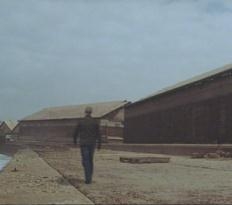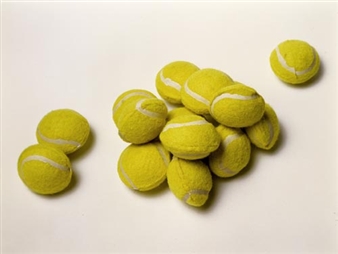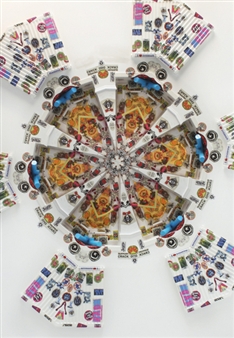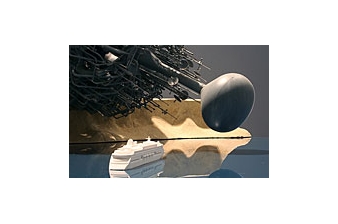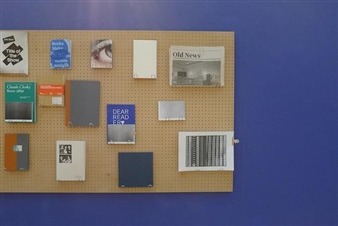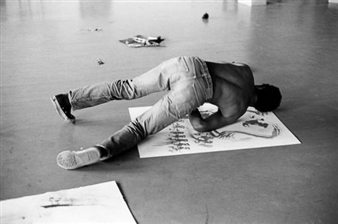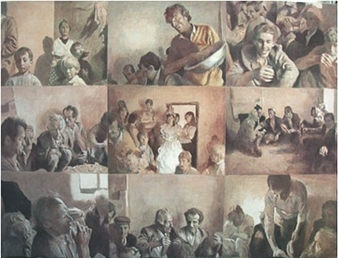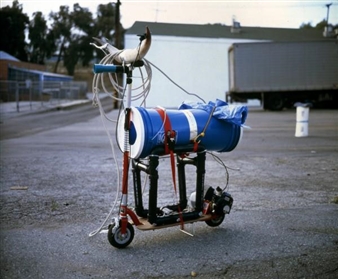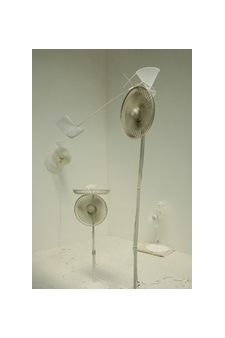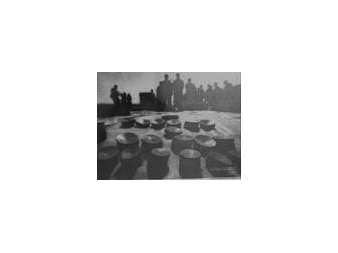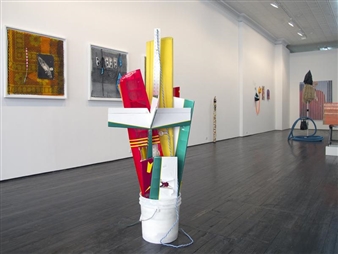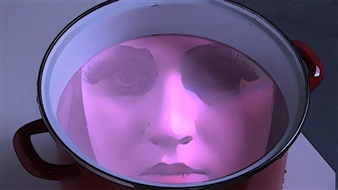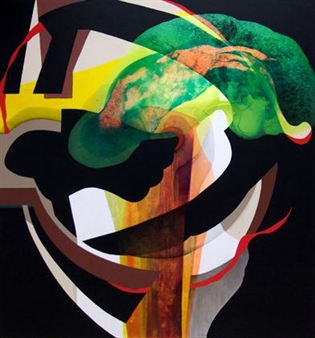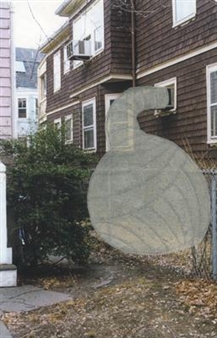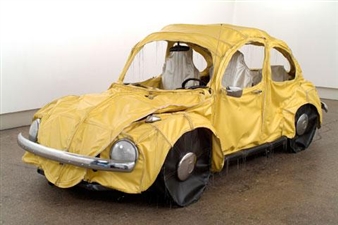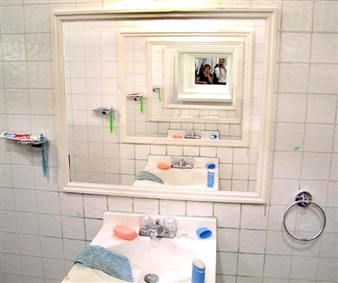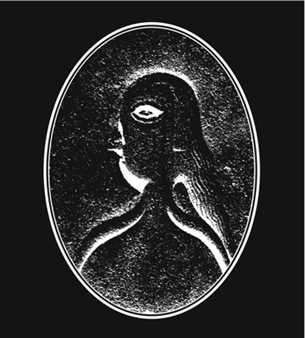Phantom Structures
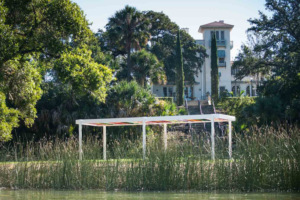
CASEY KAPLAN, New York, New York, 02/11/2016 - 03/19/2016
121 WEST 27TH STREET NEW YORK, NY 10001
Casey Kaplan is pleased to present Phantom Structures, an exhibition of new work by APT artist Liam Gillick. This exhibition consists of two bodies of work in which Gillick demonstrates the disparities and harmonies between the abstract and conceptual investigations at the core of his practice.
The first is a series of wall texts executed in pale, shimmering vinyl, which act as the framework for the exhibition. Since the 1990s Gillick’s development of reappearing narratives concerning notions of functional and aesthetic exchange has become central to his practice, often forming the engine for a body of work. Varying from early statements of intent and written equations regarding the rationalization of production versus consumption to the suggestion of various mise-en-scènes, with references to late 19th century utopian writing, the works are a process of continuous reinterpretation. Gillick merges histories with an ever-shifting present, revealing a renewed outlook on his own work and the exhibition as form. Providing varying degrees of insight, the phantom texts gently guide the viewer through the parallel structures in the exhibition that exist as manifestations of a single thought or idea.
The text work Afragmentoffuturehistory (2002) comes from Gillick’s rewriting of Gabriel Tarde’s “Underground Man” (1905), which updated Tarde’s provocative vision of a post-apocalyptic underground world focused entirely on philosophy and art. The work was also used as the title for his Turner Prize exhibition in 2002. A piano and black snow… (2010) refers directly to the artist’s contribution to the performance-based exhibition, Il Tempo del Postino, in 2006. A Yamaha digital grand player piano performed the artist’s attempt to play the Portuguese folk song “Grândola, Vila Morena” from memory - the song that played on the radio to signal the beginning of the Portuguese revolution in 1974. Black snow fell silently onto the piano while the sound only activated when there was an unexpected pause in the flow of the event.
The second component of the exhibition is a new series of abstract structures. Powder-coated aluminum and transparent Plexiglas platforms, screens, corrals and barriers are rooted in a questioning of the aesthetic of contemporary control systems. The works highlight a tension between the ideological norms of our built environment and how this quietly guides human behavior. The most iconic structures in the exhibition, a new series of Discussion Platforms, have remained essential to the artist’s practice for 20 years. Beginning in 1996, these works designate zones to face up to the visual language of renovation, strategy, and development. Initially taking form as panels of Plexiglas in aluminum frameworks fixed to the wall or propped up by poles, in documenta X (1997) a large platform was suspended directly from the ceiling and became a transitional structure in one of the main exhibition spaces. In 2010, a large site-specific Discussion Platform was constructed as a link between a workplace, Centene Plaza, and its neighboring parking garage in Clayton, MO. Tinted glass panels swathe passersby with wide bands of color. Most recently in 2014, a large-scale multi-colored platform was installed at The Contemporary Austin’s Laguna Park. Standing on the banks of Lake Austin it exists as a structure isolated from the language of post-industrial service economies.
Phantom Structures explores the ongoing relationships in Gillick’s work between contemplation and theory in tension with the foundational logic established by his physical structures. By developing a language of abstraction rooted in continual renovation, Gillick’s work endeavors to expose both the disparities and ties between modernist ideals of a refined aesthetic and the behavioral realities that result from endless development. Within this, the larger aesthetic structural framework of today, Gillick seeks to revisit the dysfunctional aspects of Modernism and provide a renewed approach to abstraction.
For More Information